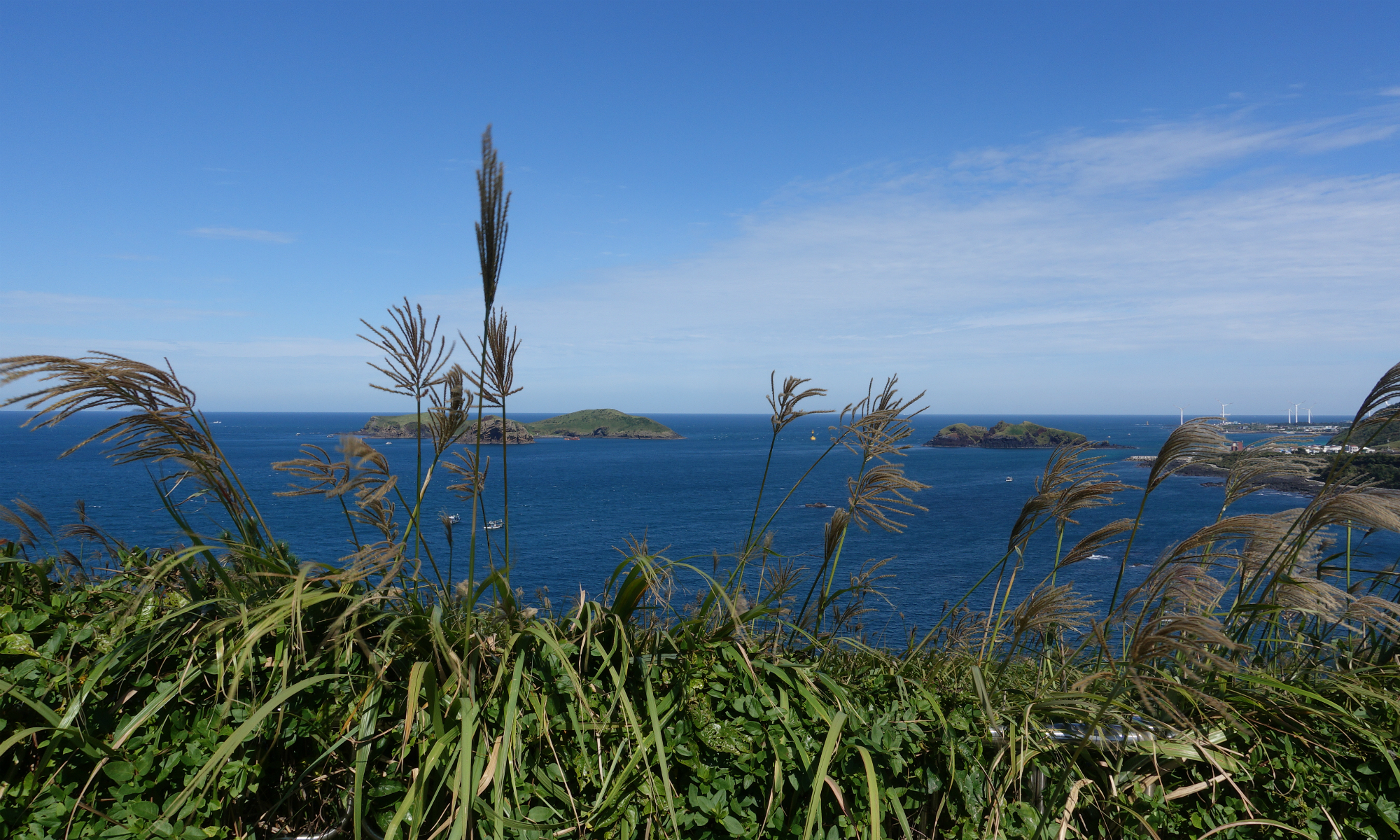Seoul Jungang Market is a traditional market located east of Heunginjimun Gate (Dongdaemun). The market dates back to 1957, a few years after the Korean War.
Traditional markets, such as Seoul Jungang Market, are great examples of real Korean life. Many of these types of markets have disappeared over the years as Seoul has grown and modernized and as bigger markets and shopping centers have moved in.
Hwanghak-dong Flea Market is a market located in the neighborhood of Hwanghak-dong, Jung-gu, Seoul, South Korea to sell second-hand goods. It has over 500 shops and stalls near Dongdaemun Market supplying a wide range of used products such as electronic appliances, clothes, and other items. The market is also called Dokkaebi Market (Korean: 도깨비시장, lit. “Goblin Market”). It is located behind Samil Apartment and Cheonggyecheon.
